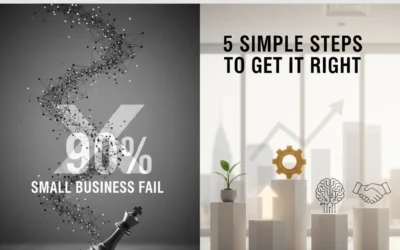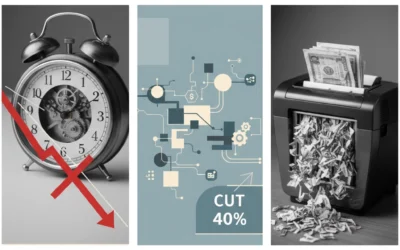Remember when marketing felt simpler? You'd throw up some ads, track visitors across the web with cookies, and call it a day. Those days are officially over.
If you're running a small or mid-sized business, you've probably noticed your marketing isn't hitting quite like it used to. Maybe your retargeting campaigns aren't converting as well, or your customer data feels scattered and incomplete. There's a reason for that – and it's not your fault.
The entire digital marketing landscape shifted in 2025, and the businesses that adapted are seeing some serious results. We're talking about 2.9x better customer retention rates and 1.5x higher marketing ROI. The secret? They ditched the old playbook and embraced first-party data strategies.
What Exactly is First-Party Data (And Why Should You Care)?
Let's break this down without the marketing jargon. First-party data is simply information you collect directly from your customers. When someone signs up for your newsletter, makes a purchase on your website, or fills out a contact form – that's all first-party data.
Think of it as having a direct conversation with your customers instead of eavesdropping on their conversations elsewhere.
Here's what makes first-party data so powerful for small businesses:
You own it completely. No third-party platform can suddenly change their rules and cut off your access. No algorithm updates can tank your reach overnight.
Your customers actually want to share it. When people willingly give you their information, they're already showing interest in what you offer. That's a warm lead, not a cold prospect.
It's incredibly detailed. You know exactly what pages they visited, what products they looked at, and how they found you in the first place.

Companies using modern Customer Data Platforms to organize their first-party data are seeing 47% improvements in marketing efficiency and 36% higher conversion rates. That's not just big business results – plenty of smaller companies are hitting these numbers too.
The key is setting up systems to collect this data smartly. Your website analytics, email sign-ups, loyalty programs, and even your social media interactions can all feed into a comprehensive picture of who your customers really are.
The Third-Party Cookie Collapse (And What It Means for Your Business)
Here's the reality check: third-party cookies are essentially done. They're not completely gone, but they're about as useful as a chocolate teapot for most marketing purposes.
Third-party cookies used to let you track visitors as they browsed around the web, building profiles of their interests and behaviors across different websites. Sounds useful, right? The problem is, they never worked as well as promised.
Even before the major browsers started blocking them, third-party cookies had serious limitations:
- They couldn't reliably track the same person across different devices
- They often created duplicate profiles for the same customer
- They gave you incomplete, messy data that led to wasted ad spend
- Customers increasingly saw them as invasive and creepy
Now with privacy regulations like GDPR and browsers actively blocking these cookies, they're more liability than asset.
The businesses still trying to rely on third-party cookies are basically driving with a cracked windshield – technically possible, but not safe or effective.
Head-to-Head: First-Party Data vs Third-Party Cookies
Let's get practical about this comparison. As a business owner, you need to know what actually works and what's just going to waste your time and money.

Data Quality
- First-party data: High-quality, complete customer profiles based on actual interactions with your business
- Third-party cookies: Fragmented, often duplicate data that doesn't paint a clear picture
Customer Trust
- First-party data: Builds trust because customers choose to share information with you
- Third-party cookies: Erodes trust as customers feel they're being tracked without permission
Compliance
- First-party data: Naturally compliant with privacy laws when collected transparently
- Third-party cookies: Increasingly problematic from a legal standpoint
Marketing Performance
- First-party data: 2.9x better customer retention and 1.5x higher ROI
- Third-party cookies: Declining effectiveness across all metrics
Long-term Viability
- First-party data: Future-proof and getting stronger as you collect more information
- Third-party cookies: Becoming less effective every day
The writing's on the wall here. First-party data isn't just better – it's the only strategy that's actually sustainable for the long haul.
What Smart Small Businesses Are Doing Right Now
The businesses winning in 2025 aren't necessarily the ones with the biggest budgets. They're the ones who made the switch to first-party data strategies early and are now reaping the benefits.
Start with Zero-Party Data
This is information customers volunteer directly – survey responses, preference centers, quiz results. A simple "What's your biggest business challenge?" quiz can tell you more about your audience than months of third-party cookie tracking ever could.
Make Data Collection Feel Natural
Don't just ask for information – provide value in return. Offer a useful resource, exclusive content, or personalized recommendations in exchange for contact details. People are happy to share when they get something valuable back.

Use Your Website Analytics Effectively
Your website is already collecting tons of first-party data. Which pages get the most traffic? Where do people drop off in your sales funnel? What content keeps them engaged longest? This information is pure gold for understanding your customers.
Build an Email List That Actually Engages
Email marketing using first-party data consistently outperforms social media advertising. When you know what your subscribers care about, you can send them content they actually want to read.
Create Customer Feedback Loops
Ask your existing customers what they want more of. Send post-purchase surveys. Follow up on customer service interactions. Every touchpoint is an opportunity to learn more about your audience.
The companies implementing these strategies are discovering something interesting: not only does their marketing perform better, but they build stronger relationships with their customers too.
Getting Started Without Breaking the Bank
You don't need enterprise-level software or a huge marketing team to make this transition. Here's how small businesses are making it work:
Phase 1: Audit What You Already Have
Look at your current data sources. Your email platform, website analytics, social media insights, and sales records all contain first-party data. Start by organizing and understanding what you've already collected.
Phase 2: Improve Your Collection Methods
Add simple lead magnets to your website. Create a newsletter signup that offers real value. Use pop-ups strategically (not annoyingly). Each new subscriber gives you direct access to a potential customer.
Phase 3: Activate Your Data
Use what you learn to create better content, send more targeted emails, and develop products your customers actually want. The goal isn't just to collect data – it's to use it to serve your customers better.

Many small businesses are finding that focusing on first-party data actually simplifies their marketing. Instead of trying to track customers across the entire internet, you focus on the people who've already shown interest in your business.
The Bottom Line for Your Business
The shift to first-party data isn't just a trend – it's the new reality of digital marketing. The businesses that embrace this change are seeing better results, stronger customer relationships, and more predictable marketing performance.
Third-party cookies had their moment, but that moment is over. Trying to build your marketing strategy around them in 2025 is like trying to run a business with a flip phone – technically possible, but you're going to get left behind.
The good news? First-party data strategies often work better for small businesses than they do for big corporations. You can be more personal, more responsive, and more genuine in how you collect and use customer information.
Your customers want to hear from businesses they trust. They're willing to share information when they know it'll help them get better products, services, and experiences. First-party data strategies help you build that trust while creating marketing that actually converts.
The question isn't whether to make this shift – it's how quickly you can get started. The businesses moving fastest are the ones that'll dominate their markets in the months ahead.
Ready to dive deeper into building a first-party data strategy that works for your business? Check out our resources for more practical guides on modernizing your marketing approach.




0 Comments